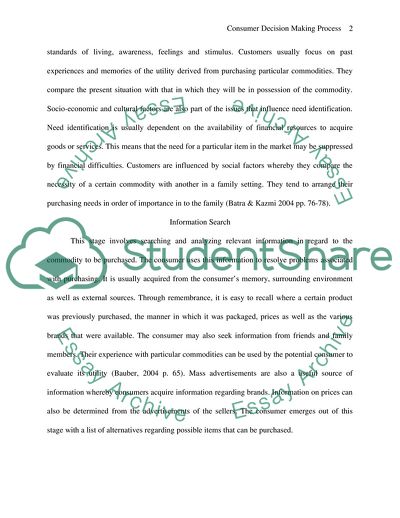Cite this document
(Consumer Decision Making Process Term Paper Example | Topics and Well Written Essays - 2000 words, n.d.)
Consumer Decision Making Process Term Paper Example | Topics and Well Written Essays - 2000 words. https://studentshare.org/marketing/1722522-consumer-decision-making-process
Consumer Decision Making Process Term Paper Example | Topics and Well Written Essays - 2000 words. https://studentshare.org/marketing/1722522-consumer-decision-making-process
(Consumer Decision Making Process Term Paper Example | Topics and Well Written Essays - 2000 Words)
Consumer Decision Making Process Term Paper Example | Topics and Well Written Essays - 2000 Words. https://studentshare.org/marketing/1722522-consumer-decision-making-process.
Consumer Decision Making Process Term Paper Example | Topics and Well Written Essays - 2000 Words. https://studentshare.org/marketing/1722522-consumer-decision-making-process.
“Consumer Decision Making Process Term Paper Example | Topics and Well Written Essays - 2000 Words”. https://studentshare.org/marketing/1722522-consumer-decision-making-process.


